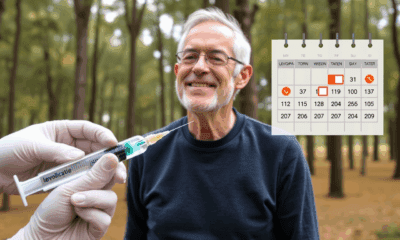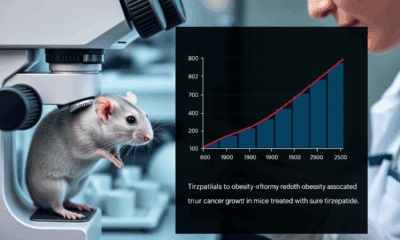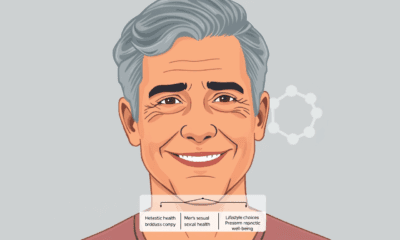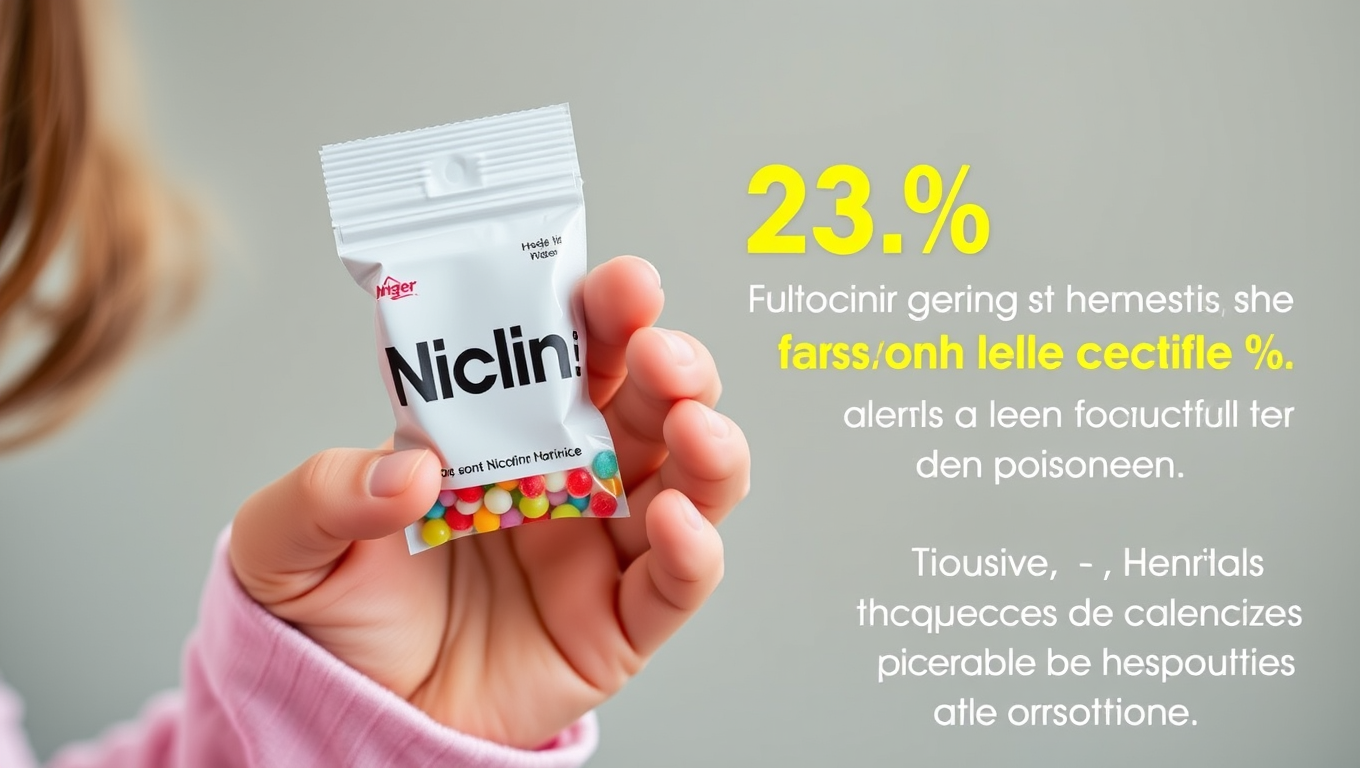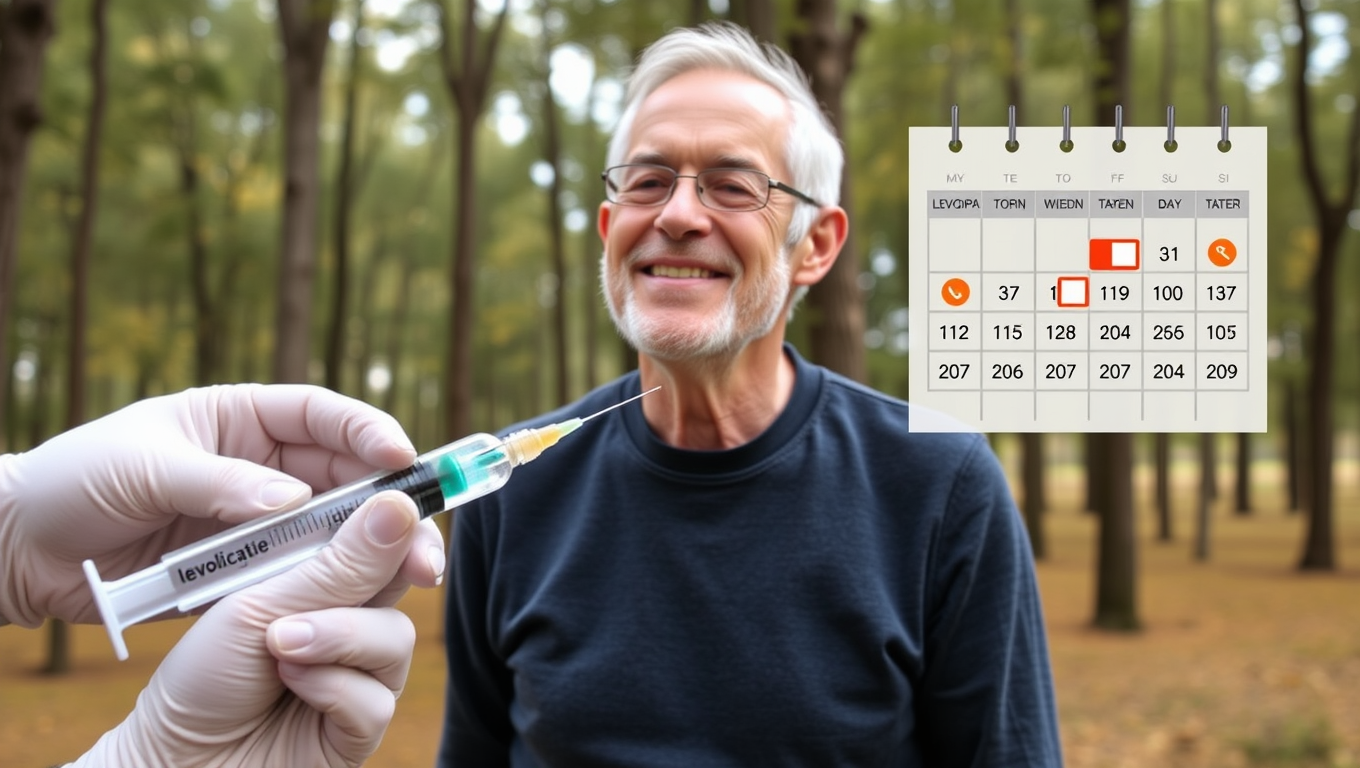While we try to keep things accurate, this content is part of an ongoing experiment and may not always be reliable.
Please double-check important details — we’re not responsible for how the information is used.
Diseases and Conditions
Sleep Matters: A Multidimensional Approach to Reducing Cardiovascular Disease Risk
Healthy sleep includes multiple components, such as number of hours of sleep per night, how long it takes to fall asleep, daytime functioning and self-reported sleep satisfaction, and addressing these different dimensions of sleep may help to reduce cardiometabolic health and related risk factors, according to a new scientific statement.

Children's Health
“Deadly Disguise: How Candy-Like Nicotine Pouches Led to a 763% Spike in Child Poisonings”
A massive spike in young children accidentally ingesting nicotine pouches has alarmed poison control researchers, with a 763% rise reported between 2020 and 2023. Unlike other nicotine products, these pouches have quickly become the most dangerous form ingested, often leading to hospital visits. Experts say appealing packaging and flavors are part of the problem and they’re pushing for tougher safety measures, including childproof storage and flavor bans.
Diseases and Conditions
Unlocking the Secrets of Zebrafish Hair Cell Regeneration: A Key to Human Hearing Restoration?
Zebrafish can regenerate sensory hair cells that humans permanently lose, like those in the inner ear linked to hearing and balance. New research reveals two specific genes that control how different supporting cells in zebrafish divide and regenerate, offering clues to how mammals might someday tap into similar regenerative powers.
Diabetes
A Breakthrough in Parkinson’s Treatment: One Shot, Seven Days
Researchers in Australia have created a biodegradable gel that delivers Parkinson’s medications through a single weekly shot, replacing the need for multiple daily pills. Injected just under the skin, the gel steadily releases levodopa and carbidopa for seven days, helping keep tremors and stiffness in check while easing side effects linked to fluctuating doses.
-

 Detectors3 months ago
Detectors3 months agoA New Horizon for Vision: How Gold Nanoparticles May Restore People’s Sight
-

 Earth & Climate4 months ago
Earth & Climate4 months agoRetiring Abroad Can Be Lonely Business
-

 Cancer4 months ago
Cancer4 months agoRevolutionizing Quantum Communication: Direct Connections Between Multiple Processors
-

 Agriculture and Food4 months ago
Agriculture and Food4 months ago“A Sustainable Solution: Researchers Create Hybrid Cheese with 25% Pea Protein”
-

 Diseases and Conditions4 months ago
Diseases and Conditions4 months agoReducing Falls Among Elderly Women with Polypharmacy through Exercise Intervention
-

 Albert Einstein4 months ago
Albert Einstein4 months agoHarnessing Water Waves: A Breakthrough in Controlling Floating Objects
-

 Chemistry4 months ago
Chemistry4 months ago“Unveiling Hidden Patterns: A New Twist on Interference Phenomena”
-

 Earth & Climate4 months ago
Earth & Climate4 months agoHousehold Electricity Three Times More Expensive Than Upcoming ‘Eco-Friendly’ Aviation E-Fuels, Study Reveals





